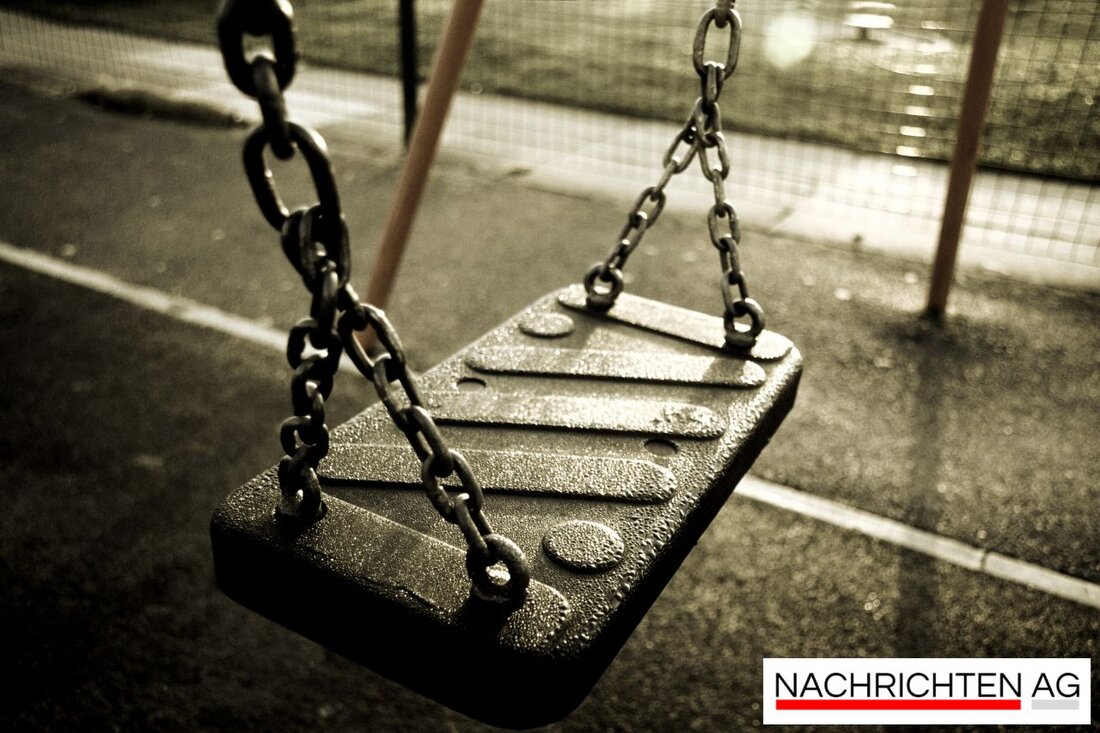Tragedy Strikes Surfside: Three Years Since Champlain Towers Collapse
On June 24, 2021, Surfside, Florida, faced tragedy as Champlain Towers South collapsed, claiming 98 lives amid ongoing investigations and calls for building reforms.

Tragedy Strikes Surfside: Three Years Since Champlain Towers Collapse
In a tragic incident that rocked the community of Surfside, Florida, the Champlain Towers South building collapsed in the early hours of June 24, 2021. The sudden disaster claimed the lives of 98 individuals as the twelve-story residential building, standing close to Miami Beach, crumbled while many were asleep. Rescue teams from Miami-Dade and Broward sprang into action, managing to save 35 survivors while a search center was established to aid the recovery efforts. As the days passed, the grim situation unfolded with initial reports confirming one death and 99 people missing. Eventually, after 16 harrowing days, the toll escalated to 79 confirmed dead and 61 still unaccounted for. The final victim was discovered on July 26, 2021, marking a devastating chapter for the community.
Looking back on this tragedy, the building, constructed in 1981, had long been a point of concern. Despite being excused from height regulations to add a penthouse, warnings about significant corrosion of the concrete and steel reinforcements in the lower levels were raised by engineers as early as 2018. By April 2021, reports indicated that the deterioration was „far worse,“ yet a proposed $15 million repair plan had yet to commence when the collapse occurred. As the investigation continues, the National Institute of Standards and Technology (NIST) is examining the construction and the failures that led to this catastrophic incident. NIST has recently shared an extensive update revealing multiple hypotheses about the possible causes of the collapse.
Investigative Insights
NIST’s latest findings highlight three higher likelihood hypotheses that contributed to the structural failure, including the failure of a slab-column connection in the pool deck due to understrength design and problematic placement of steel reinforcement. Additionally, heavier loads from planters and past renovations may have placed undue stress on a failing system. The corrosion of steel reinforcements was also cited as a potential culprit. Interestingly, the question remains whether the tower itself may have experienced initiation points leading to its collapse; however, evidence presently points towards the pool deck as the initial failure site. This ongoing research not only sheds light on the specific causes but also raises critical questions about design and construction practices that may have jeopardized safety during the building’s construction and in the years that followed.
The repercussions of the collapse have led to numerous civil and criminal lawsuits, resulting in a record-breaking $997 million settlement. However, the road to compensation has been anything but smooth, with many claims facing allegations of fraud. In response, Florida has enacted several reforms requiring regular inspections of buildings three stories and taller, hoping to prevent a tragedy like this from reoccurring. A commemorative event held on June 24, 2024, marked the three-year anniversary, gathering the families of victims and local officials as they reflected on this heartbreaking incident.
Reflections on Structural Safety
Structural failures such as the one witnessed at Champlain Towers South emphasize the importance of rigorous construction practices and vigilant maintenance. As stated by experts, several key factors often lead to such catastrophic events, including design errors, construction defects, and material failures, compounded by excessive loads and natural disasters. These complexities highlight an urgent need for collaboration among all stakeholders in the industry. Emphasizing stricter design guidelines, conducting regular inspections, and incorporating new technologies are all crucial for safeguarding our built environment.
As we follow the resolution of this heartbreaking saga, we must remain vigilant in our pursuit of structural integrity and safety. The lessons learned from this event will shape future regulations and efforts aimed at protecting lives, ensuring that what happened at Champlain Towers South never occurs again.
